Drakelow Tunnels
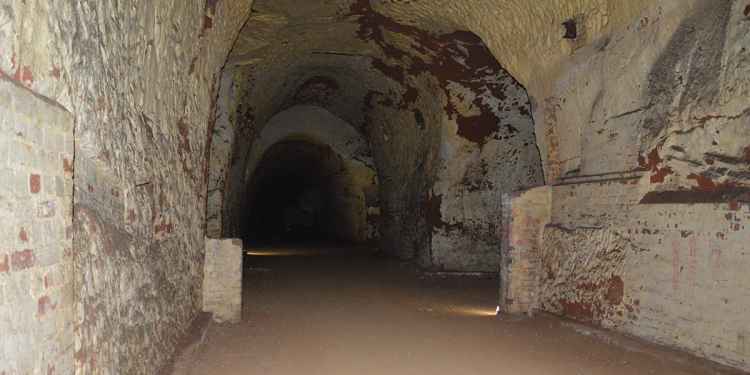
The tunnels were originally excavated to house the Drakelow Underground Dispersal Factory where Rover produced aircraft parts for the Air Ministry, after the Second World War it was refitted and put on standby during the Cold War as a bunker for the local government. Today it is an airsoft venue and popular with ghost hunters.
Kidderminster, Worcestershire
Grid Reference: SO8204181045
Limited Access
The tunnels have been privately owned since 1993, there are plans to convert them into a museum.
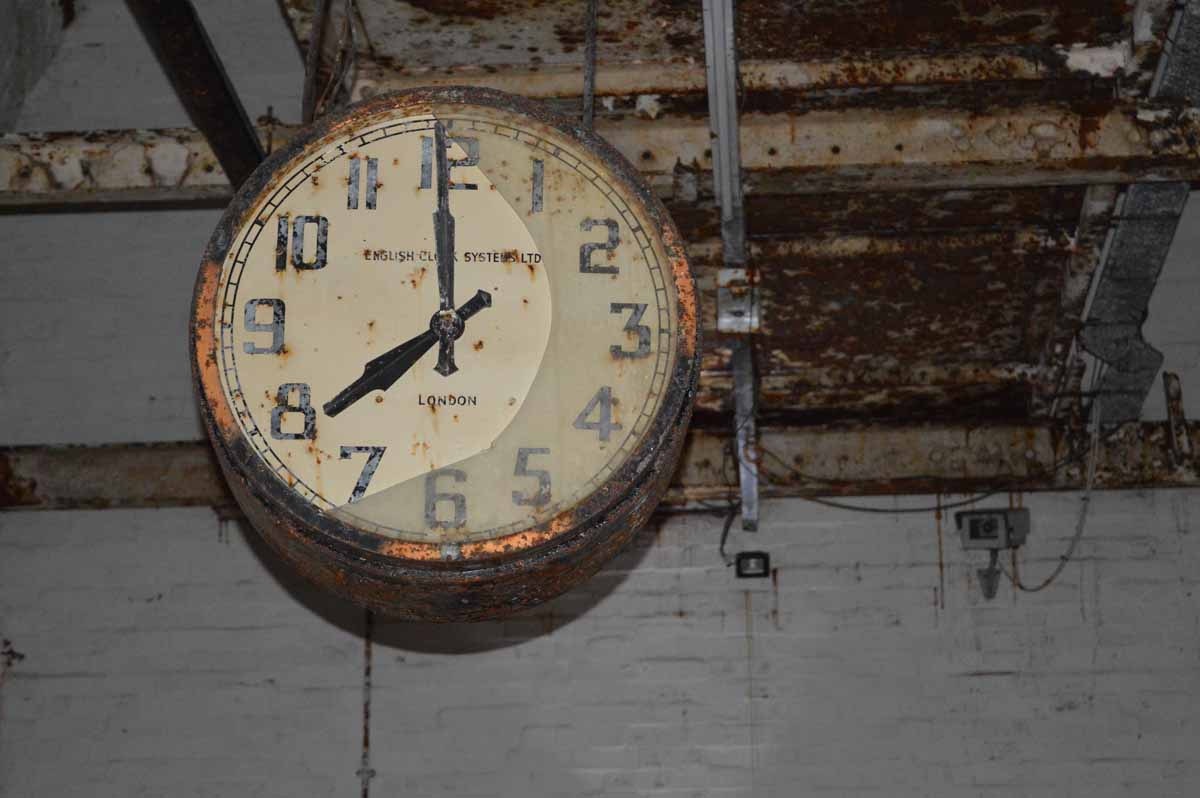
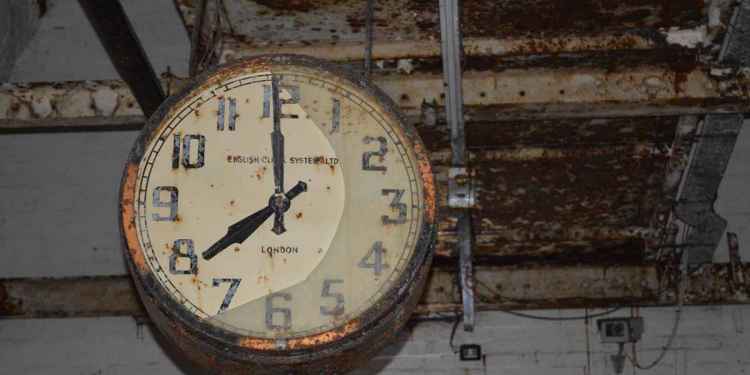
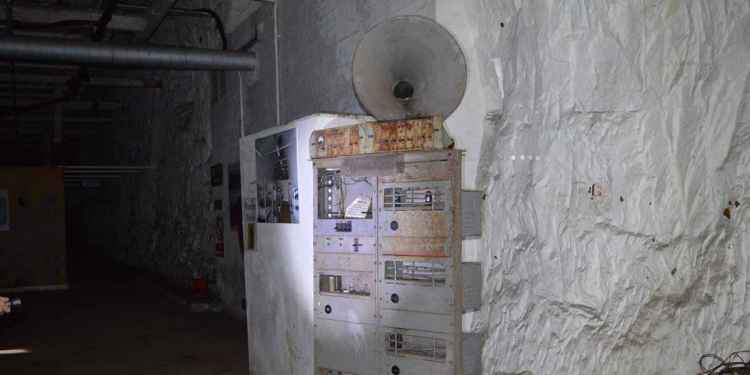
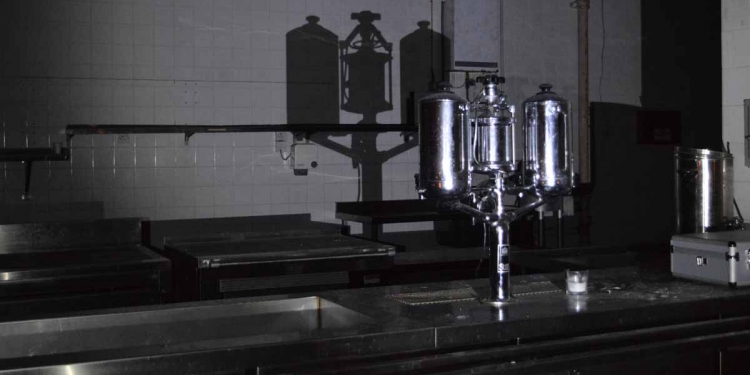
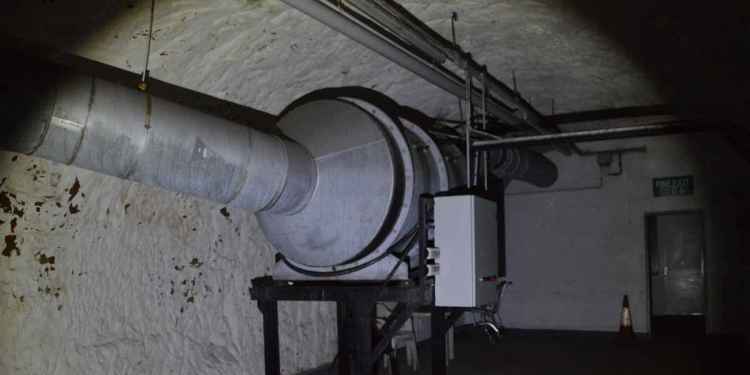
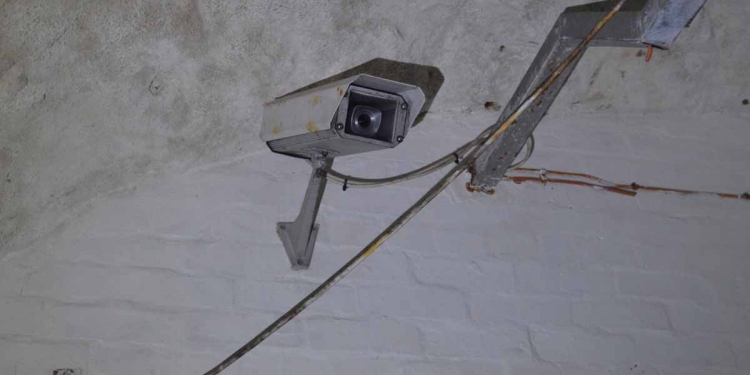

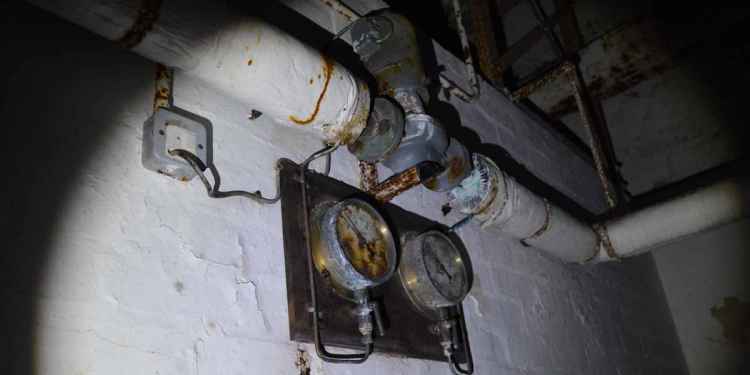
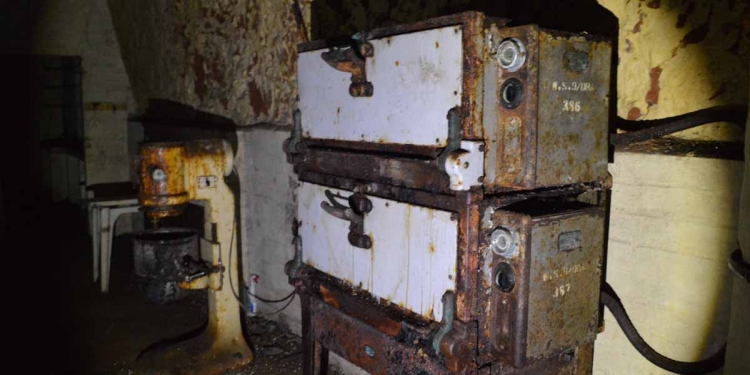
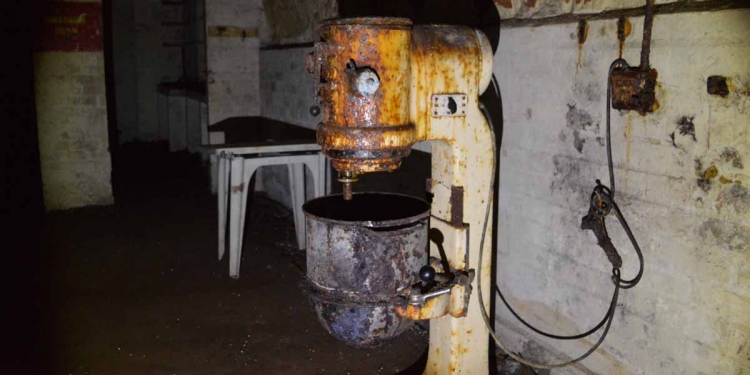
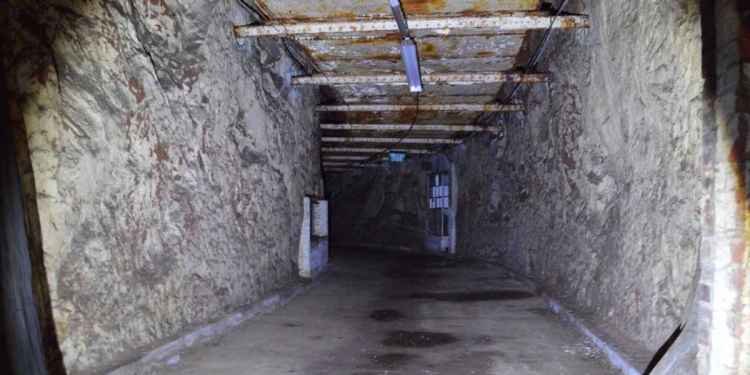
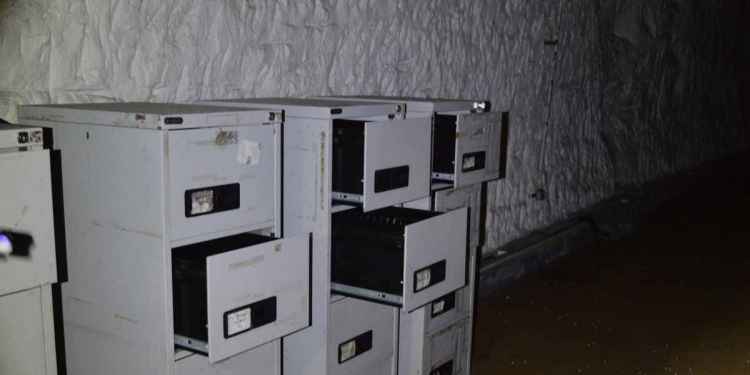

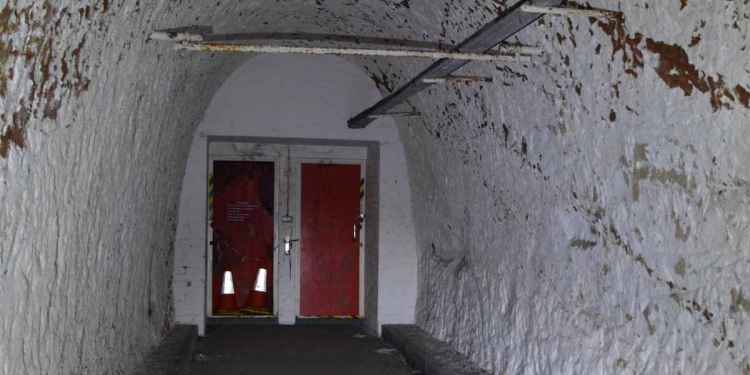
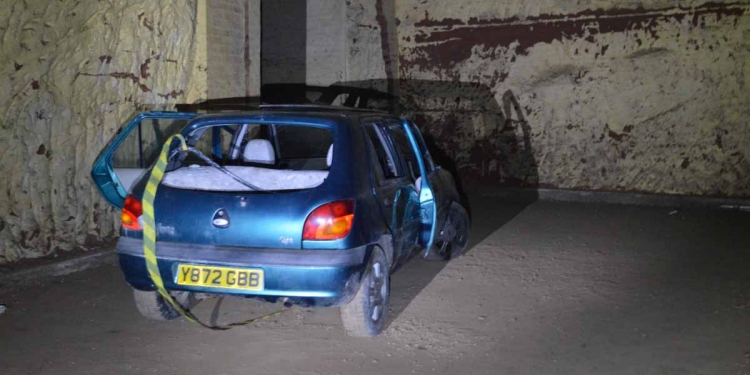
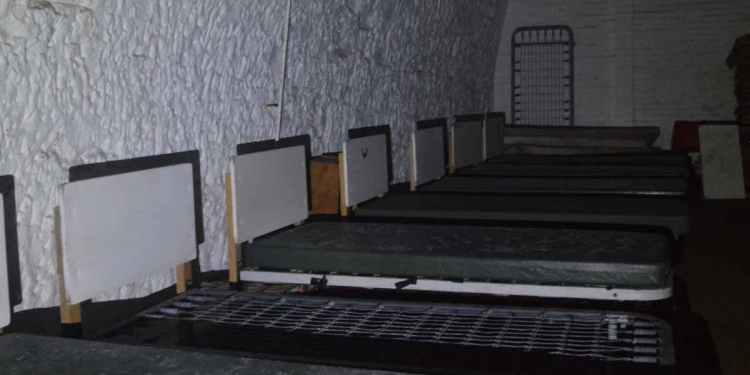
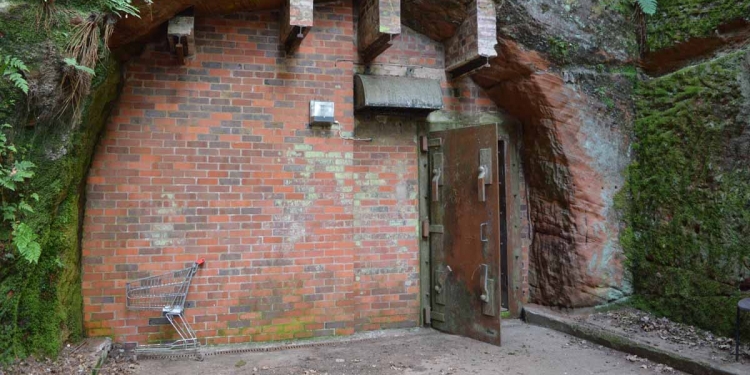

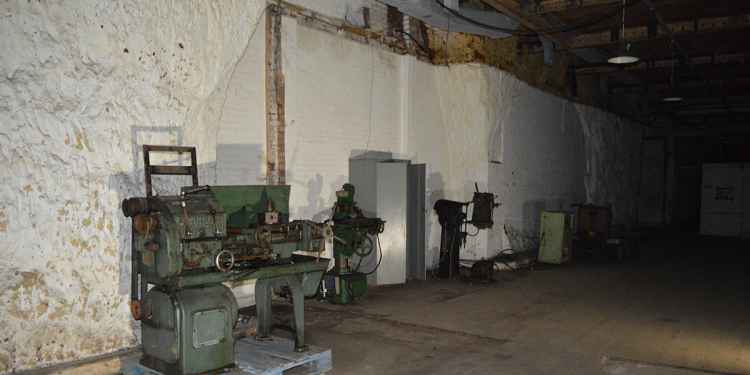
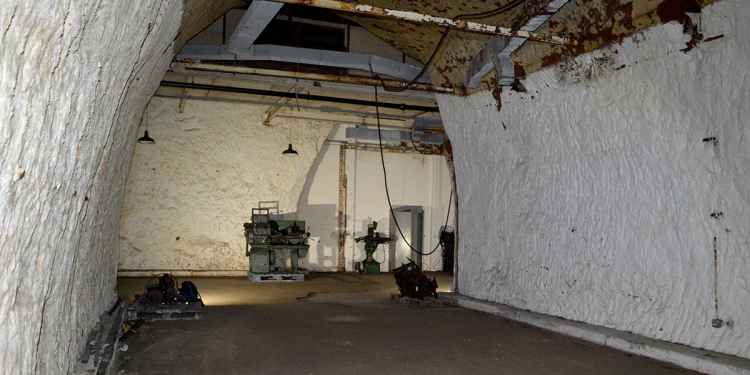
Drakelow Tunnels History
In June 1941, in the hill beneath Kingsford Country Park near the village of Kinver and the town of Kidderminster, construction started on a huge underground depot built in a grid system of interconnecting tunnels with four main lateral tunnels. These main tunnels are connected along their length by smaller tunnels. Together the passageways make up a 3.5 miles of tunnels, covering over 26,000 square meters.
The tunnels were built to house a Rover Car Company factory and between 500 to 700 of their staff, in the secure underground factory they manufactured aircraft parts for the Bristol Aeroplane Company as part of a Ministry of Aircrafts scheme.
At this time all motorcar production had ceased and Rover had been helping with the war effort since 1936 in various factories around the UK, producing engines for the Pegasus, Hercules, Centaur and Mercury.
Although the Drakelow Underground Dispersal Factory was constructed 90 meters underground, it's four main vehicle entrances are at road level at the bottom of the hill and open up into underground passageways which are over 5 meters wide and almost as high.
The factory was supported by several surface buildings including electricity sub stations, a boiler house, coal stores and a dedicated fire station.
An area of the tunnels which occupied around 8,000 square meters wasn't needed by Rover and was put to use as an RAF store. The RAF continued to use the stores even after the factory had closed following the war, it became known as Drakelow Depot.
In 1958, with the threat of the Cold War looming, the area in the north of complex which was formerly occupied by the RAF stores area was taken over by the Home Office and converted into a Regional Seat of Government (RSG9).
The nuclear bunker was designed to protect 325 house local and national government officials, as well as members of the armed forces and medical teams. The facilities included dormitories, toilets, offices and new storage areas. The bunker was also fitted out with GPO telephone communications equipment and a BBC studio, which could be used to broadcast in the event of an emergency.
The bunker was given an overhaul in the early 1980s, it was modernised throughout but reduced in size making its new potential staff compliment just 134. As part of the upgrade the bunker was fitted with new iron blast doors which replaced the original wooden factory doors.
As the threat from the Soviet Union diminished, bunkers like Drakelow were no longer required. The site was decommissioned and sold in 1993 to a private company who had plans to turn the facility into a museum. Unfortunately despite some restoration work the bunker isn't regularly open to the public.
However, the tunnels are used an an airsoft venue and are popular with ghost hunters, paranormal groups regular host nights in the tunnel in search of the spirits of several men who dies during the tunnels' construction.
Watch the highlights from a two and a half hour long walking tour of Drakelow Tunnels, showing the bunker in early-2019.
My Ghost Hunt In The Tunnels
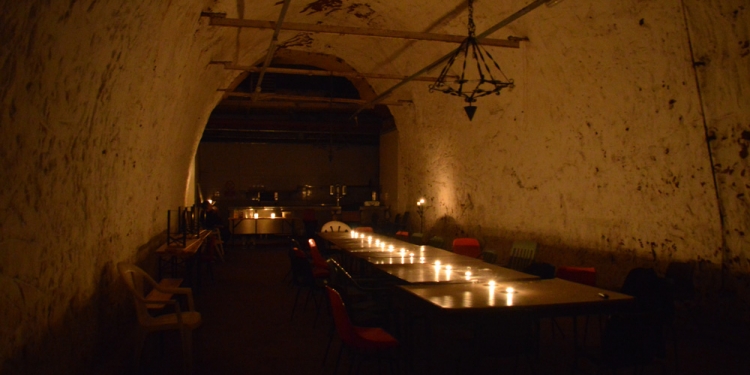
ParanormalJuly 07, 2017
My Ghost Hunt At Drakelow Tunnels Ghost Hunt Review
Audio Evidence From The Evening
I recorded audio with a Sony digital audio recorder for the whole four hours and spent today picking out the best bits and the bits which were loud enough to be picked up by the microphone. The audio includes the mysterious whistling sound we heard, the moment something was thrown/fell in the kitchen, and our reaction to the flashing lights we witnessed during the table tipping experiment.
More On Drakelow Tunnels

Drakelow TunnelsJune 12, 2022
We Went To Drakelow Tunnels To See What's Changed
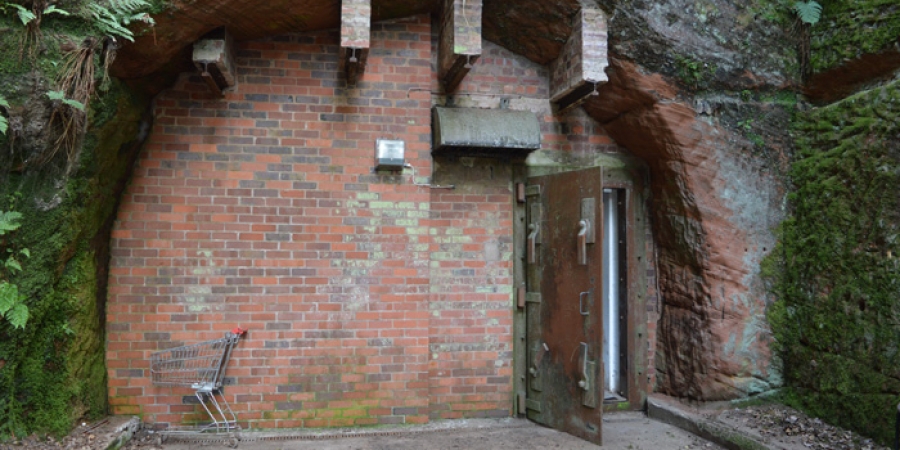
Drakelow TunnelsMarch 02, 2021
Drakelow Tunnels Ends Ghost Hunting Events After Plans For New Wine Store Are Approved
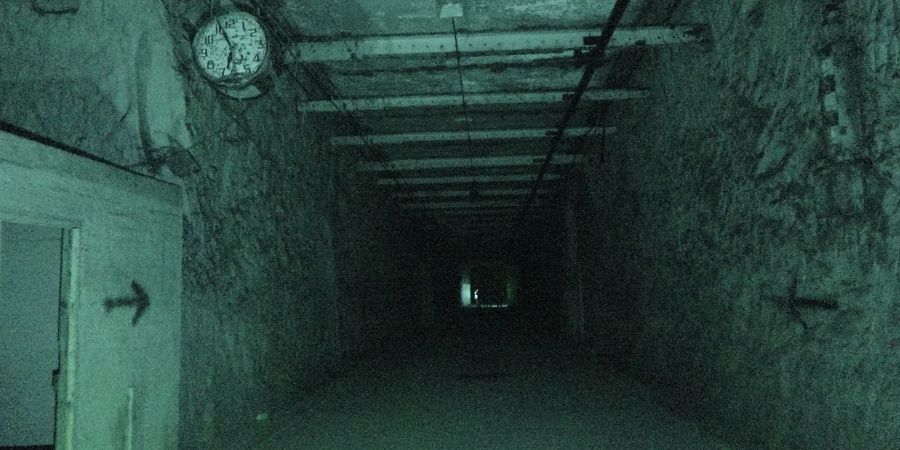
ParanormalAugust 03, 2020
Paranormal Team To Become The First To Stream Live From Drakelow
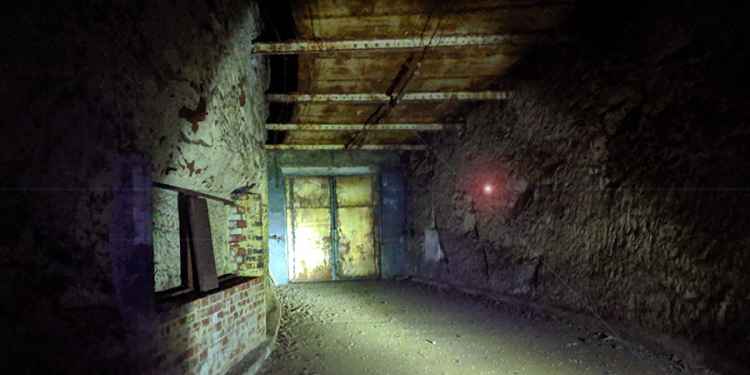
ParanormalNovember 11, 2019
Strange Unexplained Lights In Drakelow Tunnels
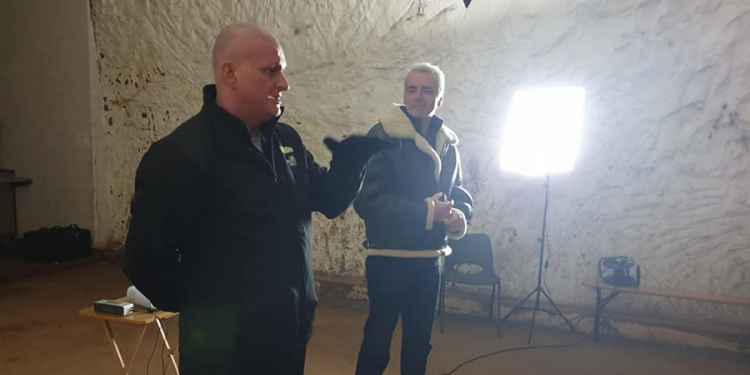
ParanormalApril 25, 2019
My First Celebrity Ghost Hunt
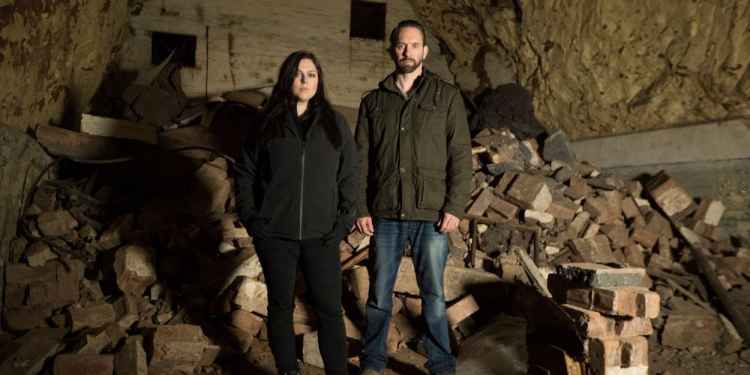
ParanormalSeptember 06, 2018
Paranormal Lockdown UK: Drakelow Tunnels

ParanormalJuly 28, 2018
Drakelow Tunnels Ghost Quiz

ParanormalJuly 07, 2017
My Ghost Hunt At Drakelow Tunnels Ghost Hunt Review
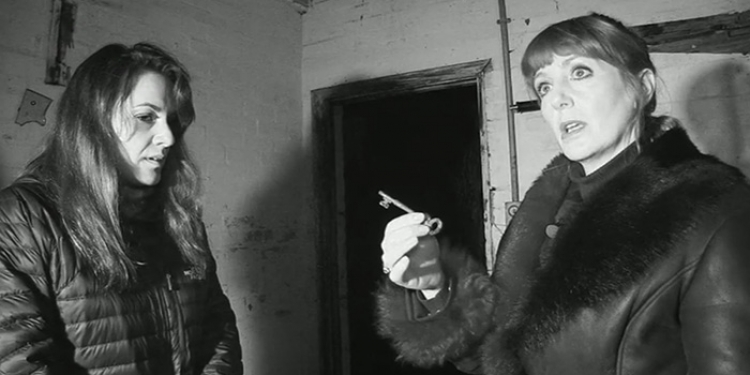
ParanormalOctober 09, 2014
Most Haunted At Drakelow Tunnels
Further Reading
Dive into the world of the paranormal and unexplained with books by Higgypop creator and writer Steve Higgins.

The Ghost Lab: Paranormal Meets Science
A critical examination of ghost hunting tools and their scientific foundations.
Buy Now
Demystifying The Oracle
A balanced look at Ouija boards, exploring whether they are toys, tools, or dangerous occult devices.
Buy NowMore To Explore
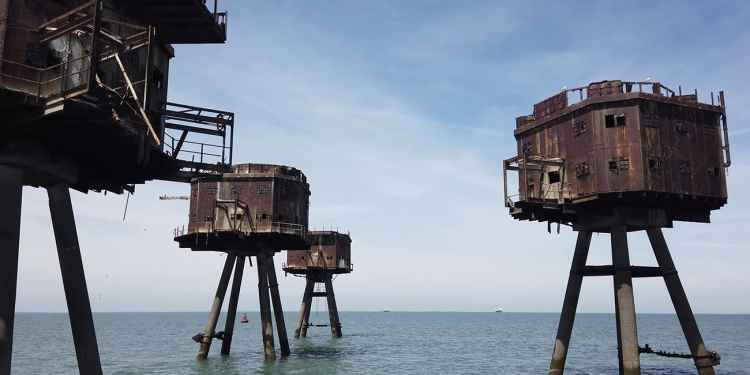
June 17, 2019
Maunsell Sea Forts, Red Sands
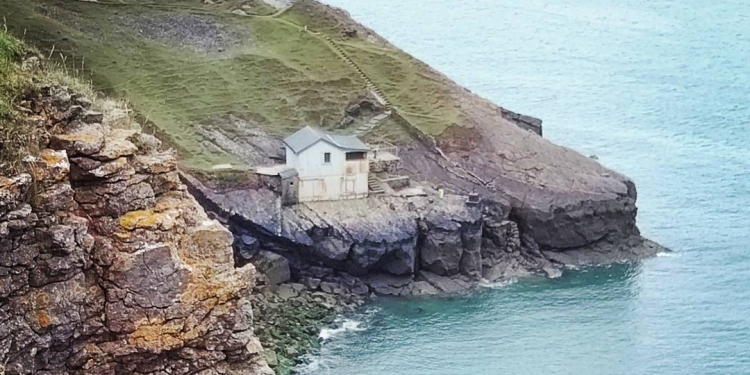
July 31, 2017
Rhossili Boathouse
 See More on Audible
See More on Audible


Comments
Want To Join The Conversation?
Sign in or create an account to leave a comment.
Sign In
Create Account
Account Settings
Be the first to comment.